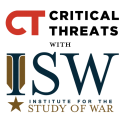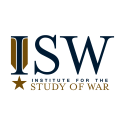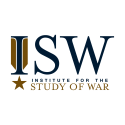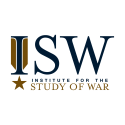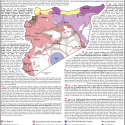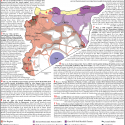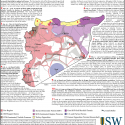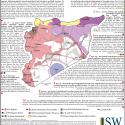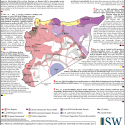Syria Protest Update, September 12–September 18
Sep 20, 2023 - ISW Press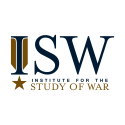
Pro-regime forces fired at and injured three protesters at the Baath party headquarters in Suwayda City on September 13. The attack is the first well-documented instance of pro-regime forces using violence against protesters in Suwayda since the protests erupted in mid-August 2023. The protesters and community leaders blamed both the Baath party and Iranian-backed militias for the crackdown, but the location of fire indicates the shooters were Baath party guards.


